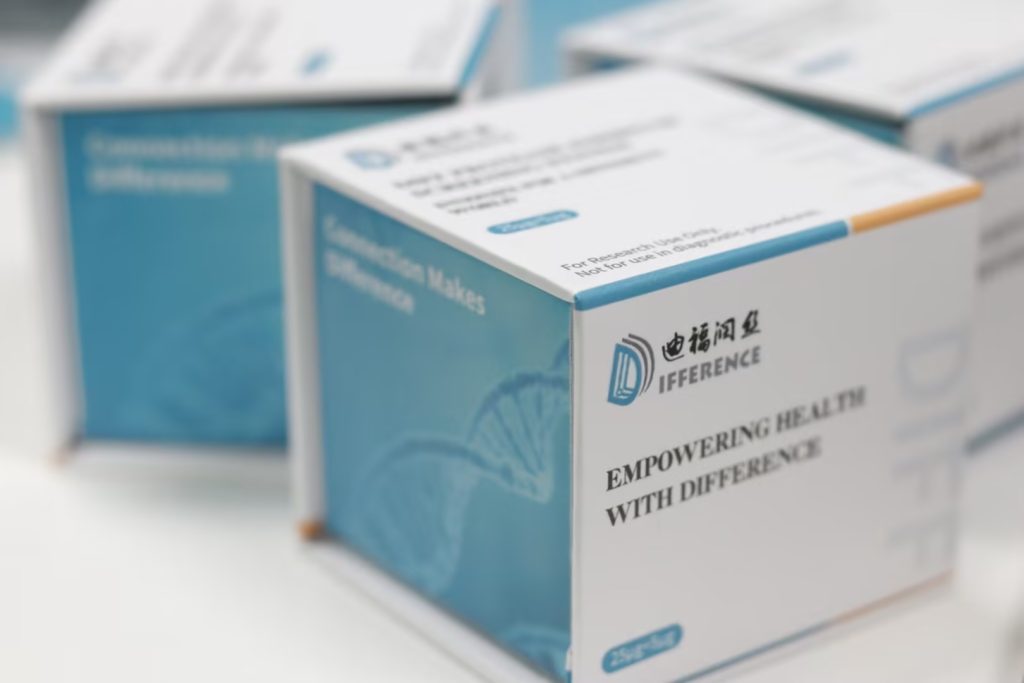Screening protease inhibitors is a complex but crucial process that involves the comprehensive application of multiple steps and techniques. Here are some commonly used methods for screening protease inhibitors:
1. High throughput screening (HTS)
High throughput screening is a rapid and large-scale method for evaluating the activity of a large number of compounds against specific biological targets, such as proteases. This method utilizes automated equipment and liquid processing systems to test thousands of compounds in a short amount of time. By measuring the degree of inhibition of protease activity by compounds, potential protease inhibitors can be preliminarily screened.
2. Virtual filtering
Virtual screening is a method of large-scale compound library screening using computer-aided drug design technology. It first establishes a three-dimensional structural model of a protease, and then uses molecular docking software to dock each compound in the compound library with the protease model, calculating their binding energy or affinity. By comparing the binding energies or affinities of different compounds, it is possible to predict which compounds are most likely to become effective protease inhibitors and further validate them through experiments.
3. Fragment based drug discovery
This method starts with smaller compound fragments that can bind to the active site of the protease, but may not be sufficient to completely inhibit its activity. By gradually increasing the size and complexity of the fragments, compounds with stronger inhibitory activity can be constructed. This method requires the comprehensive application of techniques such as structural biology, chemical synthesis, and biological activity testing.
4. Phenotypic screening
Phenotypic screening is a method of screening compounds based on the overall response of cells or organisms. In this method, a large amount of compounds are added to cells or organisms containing the target protease, and it is observed which compounds can alter the phenotype of the cells or organisms (such as growth rate, morphological changes, etc.). By further analyzing the structure and mechanism of action of these compounds, potential protease inhibitors can be identified.
5. Mechanism based screening
This method targets the specific mechanism of action of proteases for screening. For example, if it is known that proteases work by hydrolyzing specific peptide bonds, screening methods can be designed to detect which compounds can inhibit this hydrolysis reaction. This method requires a deep understanding of the mechanism of action and biochemical properties of proteases.
6. Fluorescence polarization technology
Fluorescence polarization technology is a highly sensitive screening method suitable for detecting interactions between small molecules and proteins. By incubating fluorescently labeled substrates with proteases and adding the compound to be screened, and then measuring the change in fluorescence polarization, the degree of inhibition of protease activity by the compound can be evaluated. This method has the advantages of being fast, sensitive, and high-throughput.
7. Biosensor technology
Biosensor technology utilizes specific interactions between biometric elements (such as antibodies, enzymes, etc.) and the analyte to detect its presence or concentration. When screening protease inhibitors, the protease can be immobilized on the sensor surface, and then the compound to be screened and the fluorescently labeled substrate can be added. By measuring the changes in fluorescence signal, the degree of inhibition of protease activity by compounds can be evaluated.
Example of screening process (taking virtual screening as an example):
1. Establish a three-dimensional structural model of protease: Use techniques such as X-ray crystallography and nuclear magnetic resonance to obtain the three-dimensional structure of protease, and optimize and verify it.
2. Prepare a compound library: Collect a large amount of compound data, including information on structure, physical and chemical properties, and construct a compound library.
3. Molecular docking: Use molecular docking software to dock each compound in the compound library with a protease model and calculate their binding energy or affinity.
4. Screening and evaluation: Potential protease inhibitors are screened based on binding energy or affinity, and further experimental validation is conducted. This includes biological activity testing, toxicity testing, pharmacokinetic studies, etc.
5. Optimization and modification: Optimize and modify the structure of the screened inhibitors to improve their inhibitory activity and selectivity. This may include introducing new functional groups, changing the position or type of substituents, etc.
It should be noted that the process of screening protease inhibitors may involve the comprehensive application of multiple steps and techniques, and appropriate adjustments and optimizations need to be made according to specific experimental conditions and objectives. At the same time, the screening results also need to undergo strict experimental verification and evaluation to determine their effectiveness and safety.
Share on:
Facebook
Twitter
Pinterest
WhatsApp
Recent posts
We recommend


